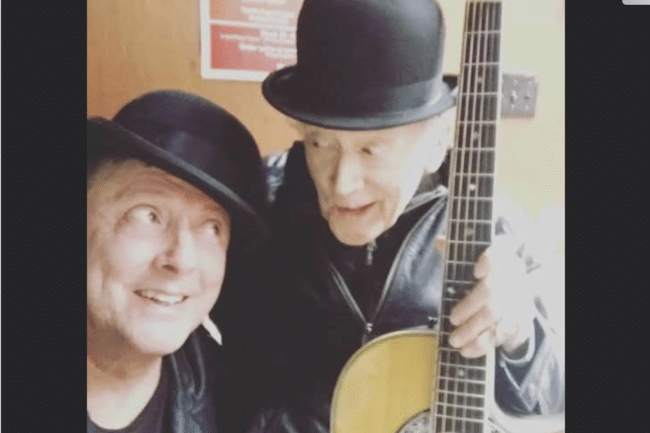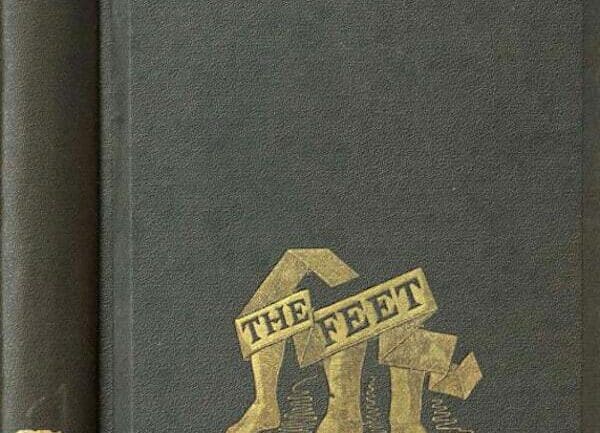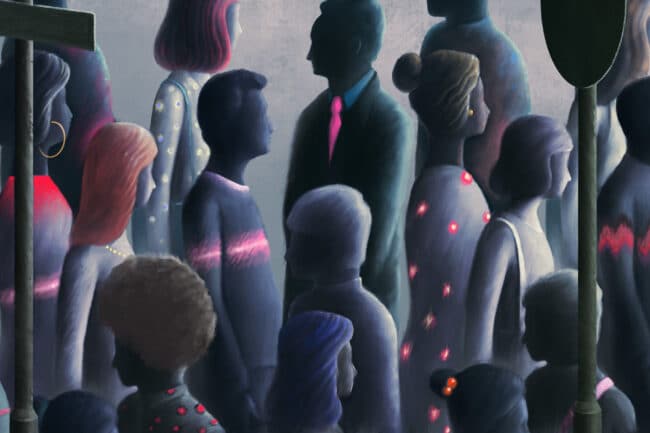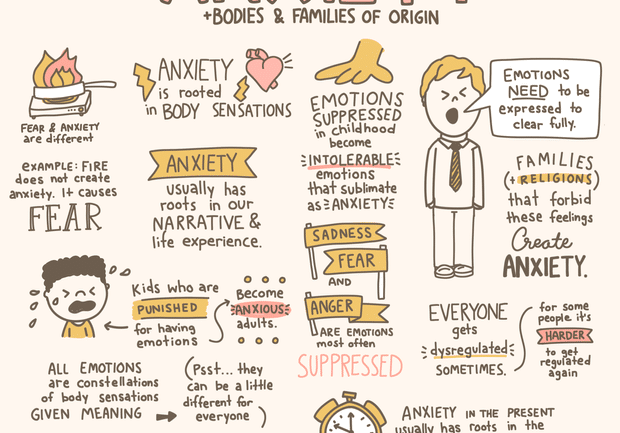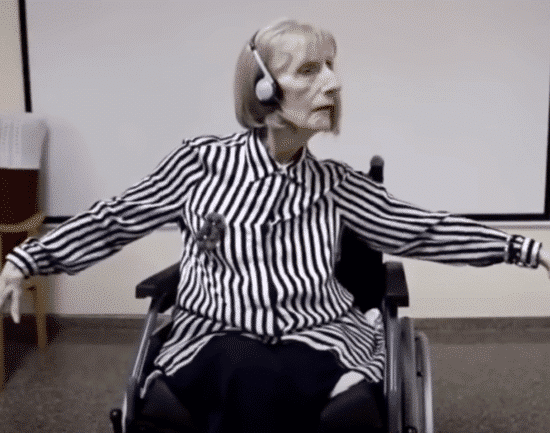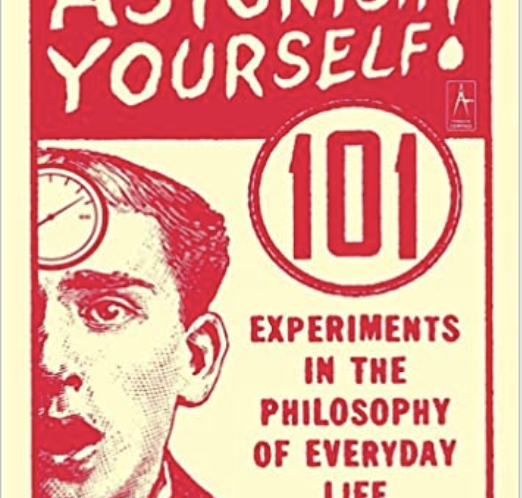Don’t Speak!
Hearken back to the 1994 Woody Allen film Bullets Over Broadway, set in the glamorous world of 1920s films (cigarette holder and all).
Late-career leading lady Helen (played by Dianne Wiest, who won an Oscar for this role) seduces the main character, a young playwright played by John Cusack.
Yet every time he tries to declare himself to her, Helen puts a halting finger to his lips and low-vibrates out the words, “Don’t … speak!” Here’s the scene. (Now, come back after, y’hear? There’s a reason I’m bringing it up.)
Helen’s proscription suggests words could only break the spell of the moment, even as needful as Cusack’s character, David, is of speaking.
Certain special words—“performative utterances”—actually have the power to accomplish something. If you’re in the right place, at the right time, with the right people, with the right intention, you can swear an oath. Or christen a ship. Or arrest someone.
Not speaking can be more powerful yet.
Think of the fierce gaze between expectant mother and father in the delivery room when the birth pangs are at their sharpest.
Or the glance of recognition across the aisle when you see the only other convulsed person movie theater who got the joke.
Or the silent holding of gaze and hands in the last moments of life.
It’s because not speaking is such a profound form of communicating and of knowing someone that in THE HUMAN JOURNEY® Conductor training, we teach you how to take support groups and families facing life challenges beyond words. Into the most powerful and memorable experiences of connection, support, and belonging.
We’d love for you to join us and make THE HUMAN JOURNEY® a regular tool you can offer those in your care. It’s not for every single group you work with. It’s for those families who don’t know what to say or how to start. For those for whom meaningful communication comes in many forms. For those who don’t yet know that they’re a family.
Join the growing group of THJ Authorized Conductors. We’ll be proud of the work you do.


